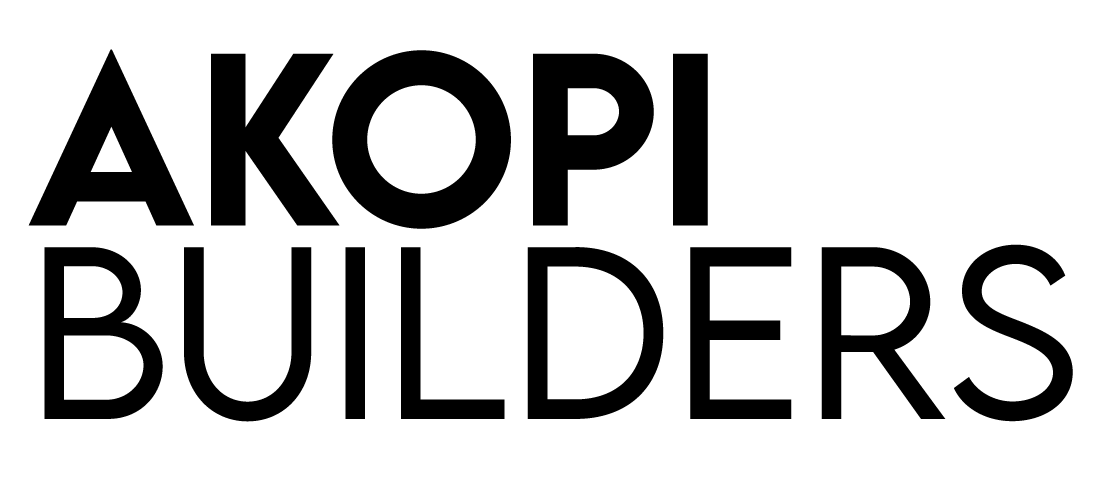Effective communication and coordination lie at the heart of every successful construction project. Building a house without a general contractor means taking on the responsibility of ensuring that every construction team member, from subcontractors to suppliers, understands their role, the project timeline, and your expectations.
I’m Hovik Akopyan, and through my experiences, I’ve learned that the cornerstone of smooth project execution is clear, concise, and consistent communication. This section outlines strategies to enhance communication and coordination, ensuring your home-building project proceeds as smoothly as possible.
Establishing Clear Lines of Communication
Start by setting up clear lines of communication with everyone involved in your project. You might even need to work on improving your communication skills. Communicating well includes creating a list of all project team members along with their contact information and preferred method of communication.
Whether it’s via phone, email, or a project management app. choose digital tools and platforms that facilitate easy and quick exchanges of information. Communicating effectively helps you build positive relationships with each team member, which leads to project efficiency, meeting project requirements, and ultimately, your project success.
Regular Meetings and Check-Ins
Schedule regular meetings or check-ins with your team to discuss project progress, address any issues, and update the project timeline as necessary. These meetings can be in-person or virtual, depending on the project’s needs, potential issues, and the stages of construction. The key is consistency throughout the entire project lifecycle and making sure everyone is on the same page and up to date on the project schedule.
Use Visuals and Documentation
Visual aids like blueprints, sketches, and project schedules can help convey information more effectively than words alone. Use these tools to help clarify tasks, design intentions, project scope, and timelines. Additionally, keep thorough documentation of all decisions, changes, and communications. This record will be invaluable for resolving any disputes, tracking progress, stepping in with timely decision-making, and maintaining accountability through all the project phases.
Setting Expectations
At the outset, set clear expectations for communication and project management. This includes how often you expect updates from your design team and construction team, the level of detail you need, and how quickly you expect responses to queries or concerns, especially when potential issues arise. By setting these expectations early, you help establish a culture of openness and responsiveness.
Handling Issues Promptly
When issues arise, address them promptly. Effective problem-solving and collaboration among team members require open dialogue and a willingness to listen to concerns and suggestions from your team. Approach each issue with a focus on finding solutions rather than assigning blame.
Encouraging Team Collaboration
Foster an environment where team members feel comfortable sharing ideas and raising concerns. Effective collaboration can lead to innovative solutions and more efficient work processes. When team members from different specialties work together, the result is often a more cohesive and well-executed project that meets your project goals within the project budget.
Leveraging Technology
There are many technology tools available that can enhance communication and coordination. Project management software, for example, can help you keep track of tasks, deadlines, and communications all in one place. Apps for messaging and video conferencing can facilitate quick discussions and decision-making. Technological advancements have made it much easier to manage on the go, so get informed about any mobile apps that can help you with project management.
Conclusion
Effective communication and effective project coordination are not just about talking or sending emails; it’s about creating a collaborative environment where every team member understands their role and feels valued and heard. Remember: When you’re building your home without a general contractor, you are the construction project manager.
By establishing clear lines of communication, setting expectations, using visual aids, encouraging collaboration, and leveraging technology, you can navigate the complexities of building a home without a general contractor more smoothly. Your ability to communicate effectively will directly impact your ability to have a successful project, turning potential obstacles into opportunities for innovation and problem-solving.
If you missed the previous section on Creating a Realistic Timeline, you can check it out now. Developing an accurate timeline is essential for anyone building a home whether they are an individual building their own home or a construction company building a large development.
In the next section, we’ll discuss the importance of being an effective on-site manager, ensuring that the project’s execution aligns with your vision, timeline, and quality standards.






 Akopi Builders is a Los-Angeles-based general contractor focused on modern design, interiors and landscapes. From our inception, we have delivered exceptional works. As a full-service contractor.
Akopi Builders is a Los-Angeles-based general contractor focused on modern design, interiors and landscapes. From our inception, we have delivered exceptional works. As a full-service contractor.

